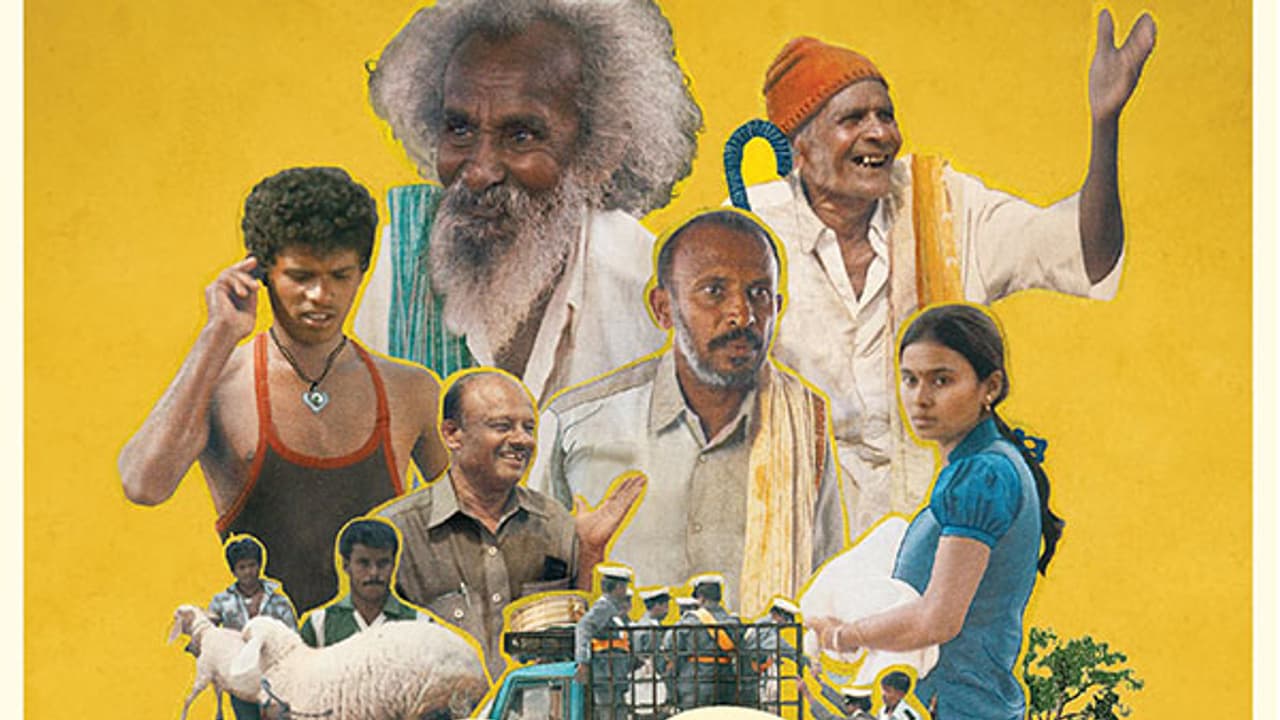Off late, the Kannada film industry has been leaning more towards projecting life in rural Karnataka.

The recent Kannada movie Thithi that won two awards at the 68th Locarno Film Festival is also set in a remote village and surprisingly, has no known movie stars. The cast, instead, consists of non-professional actors from villages.
Shot at Mandya district, Karnataka, 'Thithi' is a realistic comedy about how three generations, each with their radically different perspectives on life, react to the death of their grandfather, the 101-year-old Century Gowda.
'Thithi' sends out a message that death is not necessarily a tragedy, but is as simple, meaningful and uncontrollable as birth.
The director of the movie, Raam Reddy, belongs to an emerging breed of young independent directors who are breaking boundaries, exploring a different range of emotions.
“The film is not really about death at all, rather it’s about life,” says Raam Reddy.
The movie is a juxtaposition of purity and freedom against materialism and shrouded beliefs.
While the film has retained its realistic rustic appeal with its cast of non-professional actors from villages in Mandya and incorporation of segments of actual documentary footage into its storyline; the film makers have somewhere failed to portray an entirely authentic outlook of Mandya.
Here are some fallacies where the movie differs in complying with realism:
- The Gowda (Vokkaliga) community in Mandya don’t burn their corpses, they bury it. In the movie, however, they are shown burning the corpse of Century Gowda.
- The family of the deceased don’t hand over personal funeral invitations to friends and relative, they send a post card size invitation to the relatives to attend the last rites (on the 11th auspicious day). In the movie, the funeral invitation is done with as much pomp and show as a marriage invitation.
- Gaddadappa, the eldest son of Century Gowda, performs all the funeral rituals of his father while the remaining three are silent bystanders in the ceremony. In reality, though, every son takes part in the rituals along with the elder son.
- Tammanna, the grandson of Century Gowda, consults a Brahmin (Shanbhog) and asks for the auspicious day for rituals to be conducted. But usually, the Gowda clan of Mandya do not consult Brahmins for funerals and neither do the Brahmins interfere in the funeral matters of other castes.
- In the movie, the Brahmin (Shanbhog) advises Tammanna to serve mutton to the relatives on the 11th day. Brahmins are pure vegetarians in Mandya region and such advice from Brahmins is quite unusual.
- The movie depicts innumerable relatives of the deceased craving for non-vegetarian food. In reality, only the close relatives gather for the funeral, and eating food is the last thing on their grieving minds. Some conservative relatives attend the funeral rituals and go home without eating anything.
“I saw the movie, to be frank, it did not impress me. The storyline is quite as expected and very shallow. The rituals and the conventions depicted in the movie are not authentic. The makers of the movie have introduced an environment which is outlandish to the urban audience. Probably this factor has attracted the urban mass towards the movie” says Rohit Ramachandra, a Creative Writer.
